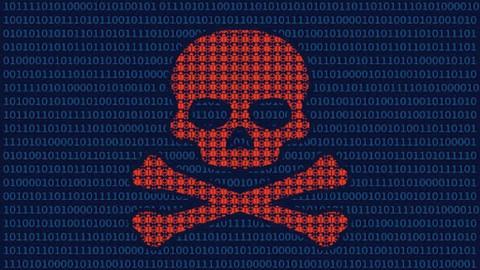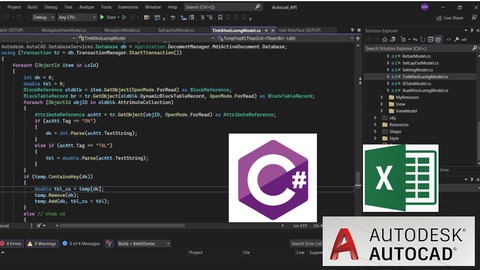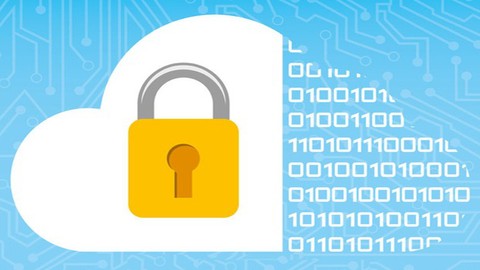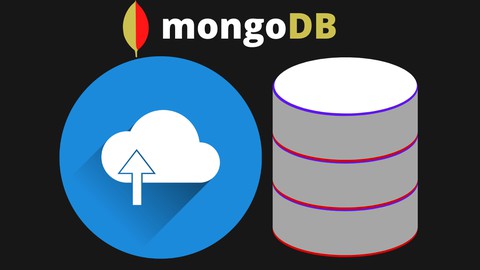Complete SOC Analyst Course with Splunk Enterprise - 2023
Loại khoá học: Network & Security
Become a soc analyst in MSSP organizations with latest tactics and techniques | includes Splunk enterprise, Qulays Guard
Mô tả
Hi Techies..!
Welcome to the Complete SOC Analyst Course from SiemHunters. This course that has potential to change your Professional life into defense side cyber security domain. this course made from our industrial cyber security expert Mr. Gopi Pakanati and Instructor Ramya Sri Pachala.
In this course content helps to level up your skills in Cyber threats, endpoint protections, Threat Intelligence to become a soc analyst in large MSSP organizations. you will learn ethical hacking topics how to detect modern cyber attacks, and zero-day vulnerabilities.
Course Outline:
Complete Kali Linux Commands-Line: To understand the how attackers execute offensive commands in your infra to gain unauthorized access.
Advanced Cyber Threats: To understand latest threats, and attacks in modern attack surface.
Introduction of SOC: To understand basic terminology of soc and infra
Local Logging & IOC: Understand local log locations in different OS systems and working with event Viewer to understand the windows level logs and events
SIEM Deployment: To understand Splunk enterprise deployment (UF & HF) along with configurations of (inputs, outputs, and transforms files)
SIEM Use-cases: understanding use cases creation of the threats to identify the malicious activity.
SIEM Investigations: Investigate latest threats in web applications, network and endpoint level
Threat Intelligence: Using threat intelligence to gather adversaries tactics, and techniques using operations, tactical, technical, and operations intelligence.
Incident Response: Understanding the IR steps and root cause analysis of the incidents, and eradication process
Qualys Web Application: Working with qualys guard to initiate scans and working with VA (Vulnerability assessments) based Reports
Qualys Guard VM: Working with qualys guard vm to identify the endpoint level threats, working with De-install tasks, and understanding the vulnerability and share the report to the respective teams for resolution,
This Course designed for:
who wanted to become a soc analyst in MSSP organizations
New fresher graduates in cyber security or other fields
who explore cyber security to become a cyber expert
Cyber security Analyst
Security Analyst
Cyber Security Managers
Qualys guard VM based reports
IT Professionals
All the best techies..!
Bạn sẽ học được gì
In this course you'll learn Security operations center L1 & L2 with Log integration and finetunning
You'll learn threat intelligence and Incident response
from basic networking topics and Ethical hacking topics to understand the attack defense
become a soc analyst in MSSP environments with splunk enterprise tools
You'll learn log integration with use case creation and understand the incident triage
understand Splunk enterprise integration and use cases creation
SOC local loggining, Indicators of the compromise and log agent integrations
Yêu cầu
- No prior experience needed, You will learn from basic networking to Incident response
Nội dung khoá học
Viết Bình Luận
Khoá học liên quan

Đăng ký get khoá học Udemy - Unica - Gitiho giá chỉ 50k!
Get khoá học giá rẻ ngay trước khi bị fix.





![Java Certification : OCA (1Z0-808) Exam Simulation [2023]](/uploads/courses/udemy/1464072_c364_6.jpg)






![10 Sample Exams ISTQB Foundation Level (CTFL) v4.0 [NEW!]](/uploads/courses/udemy/3228307_dcb2_10.jpg)





Đánh giá của học viên
Bình luận khách hàng